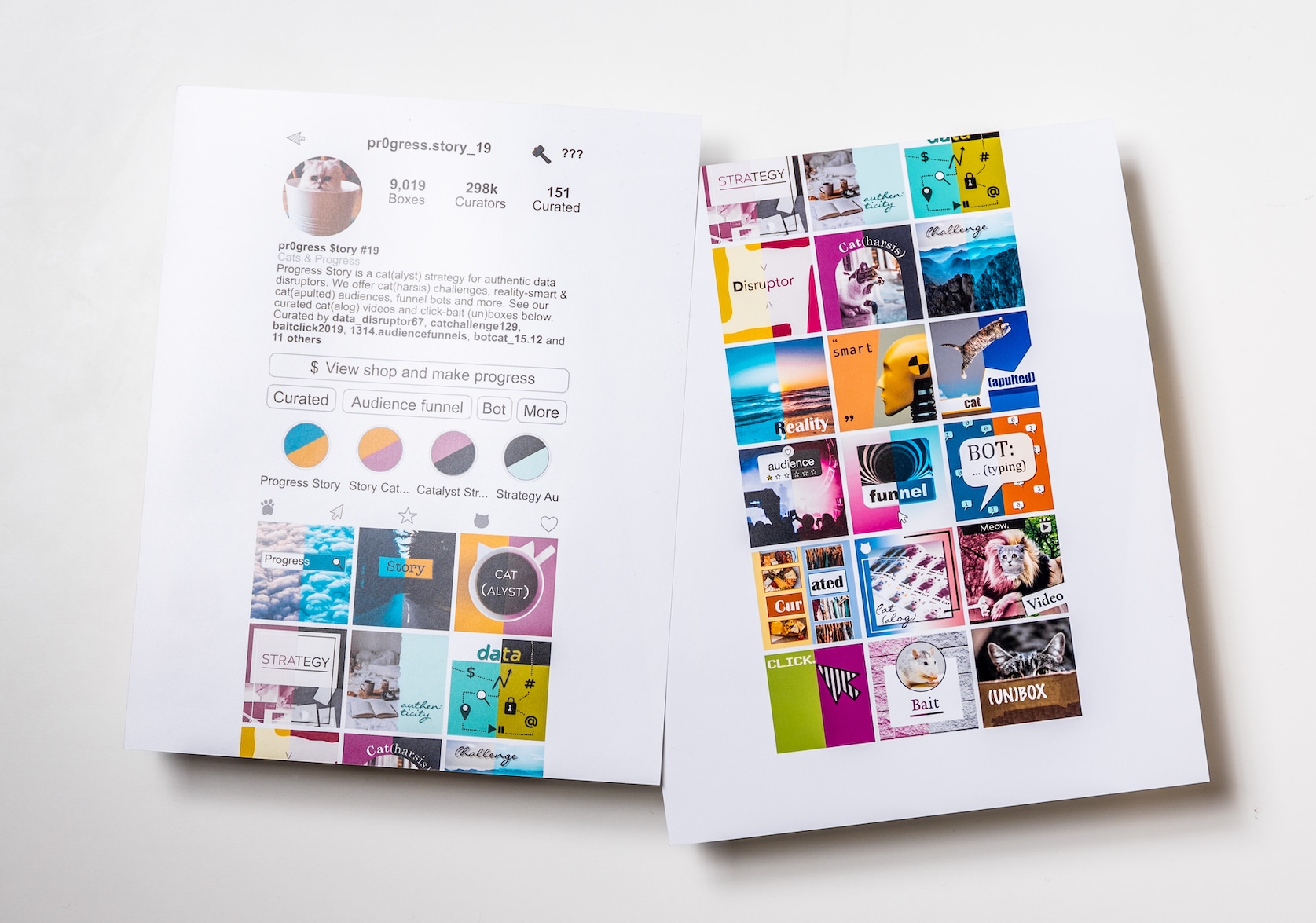The Cambridge Encyclopedia of Language by David Crystal
C$76.50
Paperback, 524 pages, ISBN: 9780521736503
Published by Cambridge University Press, 2010, 3rd Edition
Buy this book from independent bookstores or those who support them:
Canada only (select your indie bookshop):
US only (Bookshop.org):
UK only (Bookshop.org):
(Young W may make a small commission if you buy this book via the links on this page. Please note that prices may vary from the one listed here.)
From the publisher:
This new, thoroughly revised edition of the acclaimed Cambridge Encyclopedia of Language incorporates the major developments in language study which have taken place since the mid 1990s. Two main new areas have been added: the rise of electronic communication in all its current forms from email to texting, and the crisis affecting the world’s languages, of which half are thought to be so seriously endangered that they will die out this century. • All language statistics have been updated, and additional information provided about their linguistic affiliation • All topics involving technology have been revised to take account of recent developments, notably in phonetics, language disability, and computing • Maps have been revised to include new countries or country names • Special attention has been paid to fast-moving areas such as language teaching and learning • The text design has been completely updated with many new illustrations throughout.
- Features new sections on the rise of electronic communications and language death
- Incorporates all major developments in language study since the mid 1990s
- Statistics, geographical information, illustrations and text design have all been revised and updated from the last edition
Praise for the previous edition of The Cambridge Encyclopedia of Language:
“… a celebration of language in all its oddity, beauty, fun, astonishing complexity and limitless variety.” —London Review of Books
“… an ingenious tour de force … stunningly diverse linguistic menu.” — Robert Burchfield, The Times
“… David Crystal has a great facility for explaining language issues with plain good sense, wit and admirable brevity.” —The Times Educational Supplement
About the author:
David Crystal
University of Wales, Bangor
David Crystal is one of the world’s foremost authorities on language and works as a writer, editor, lecturer, and broadcaster. He is Honorary Professor of Linguistics at the University of Wales, Bangor and has published over 100 books. His most recent publications include: Think On My Words: Exploring Shakespeare’s Language (2008), Language and the Internet, 2nd Edition (2006) and English as a Global Language, 2nd Edition (2003).
Table of Contents
Preface to 1st edition
Preface to 2nd edition
Preface to 3rd edition
Part I. Popular Ideas About Language:
1. The prescriptive tradition
2. The equality of languages
3. The magic of language
4. The functions of language
5. Language and thought
Part II. Language and Identity:
6. Physical identity
7. Psychological identity
8. Geographical identity
9. Ethnic and national identity
10. Social identity
11 Contextual identity
12. Stylistic identity and literature
Part III. The Structure of Language:
13. Linguistic levels
14. Typology and universals
15. The statistical structure of language
16. Grammar
17. Semantics
18. Dictionaries
19. Names
20. Discourse and text
21. Pragmatics
Part IV. The Medium of Language: Speaking and Listening:
22. The anatomy and physiology of speech
23. The acoustics of speech
24. The instrumental analysis of speech
25. Speech reception
26. Speech interaction with machines
27. The sounds of speech
28. The linguistic use of sound
29. Suprasegmentals
30. Sound symbolism
Part V. The Medium of Language: Writing and Reading:
31. Written and spoken language
32. Graphic expression
33. Graphology
34. The process of reading and writing
Part VI. The Medium of Language: Signing and Seeing:
35. Sign language
36. Sign language structure
37. Types of sign language
Part VII. Child Language Acquisition:
38. Investigating children’s language
39. The first year
40. Phonological development
41. Grammatical development
42. Semantic development
43. Pragmatic development
44. Language development in school
Part VIII. Language, Brain, and Disability:
45. Language and the brain
46. Language disability
Part IX. The Languages of the World:
47. How many languages?
48. How many speakers?
49. The origins of language
50. Families of language
51. The Indo-European family
52. Other families
53. Language isolates
54. Language change
55. Pidgins and creoles
Part X. Language in the World:
56. The language barrier
57. Translating and interpreting
58. Artificial languages
59. World languages
60. Multilingualism
61. Language planning
62. Foreign language teaching and learning
63. Language for special purposes
Part XI. Language and Communication:
64. Language and other communication systems
65. Linguistics
Appendices:
I. Glossary
II. Special symbols and abbreviations
III. Table of the world’s languages
IV. Further reading
V. Index of languages, families, dialects, and scripts
VI. Index of authors and personalities
VII. Index of topics
Acknowledgements.
(Credits: Book cover image and publisher’s description have been retrieved from BiblioShare.)
Buy this book from independent bookstores or those who support them:
- Canada only (select your indie bookshop):
- US only (Bookshop.org):
- UK only (Bookshop.org):







